Sewing is a form of art when you put it that way. Different hidden tricks can help you get more creative with sewing.
Yes! Basting in Sewing is one of them. It is one of the fundamental sewing techniques and an amazing one. So, what is basting in sewing?
Even for beginners with a little bit of practice, you can simply make more room for basting. To offer you the help, we will go on a detailed trip to Basting today.
Hop in with us for more.
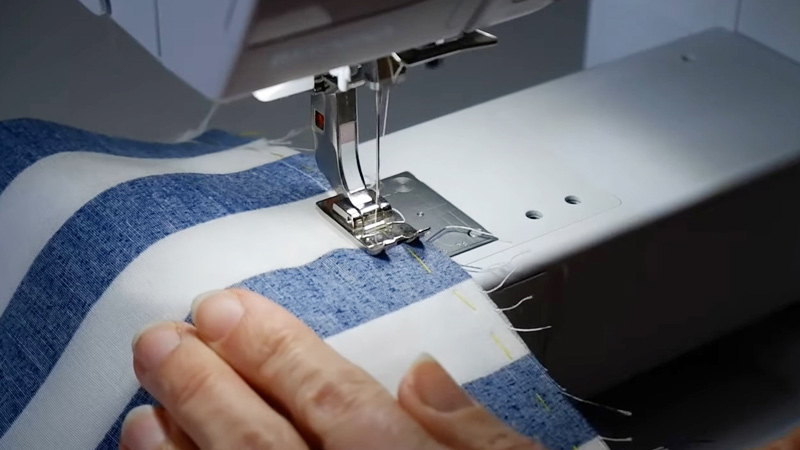
What Is Basting In Sewing?
Let’s start from the fundamentals. Most often underrated, but it shouldn’t be!
Basting, sometimes called tacking, involves creating and holding temporary layers of fabrics together.
It is the primary objective of basting to use one long stitch length. You can hold a layer of fabrics together and easily sew the final stitches. Basting prevents the layers from moving.
Unlike permanent stitches, basting stitches are loose and can be easily removed once you are done with the final stitches.
While talking about basting, most people think of thread basting at first! Although closely related, the basting we are talking about comprises loose stitches.
Basting is perfect for a mock-up version. For example, you may want to make sure the apparel fits your measurements before getting into the actual sewing. The basting stitch is ideal for such scenarios.
Here are some other applications of Basting,
- Hold the stitches together until you are done.
- With basting, seams are seamless and patterns align perfectly.
- You can easily trace pattern markings into your apparel.
- Easily identify irregularities along seams.
- Reassure fabrics align right before you deliver the final stitch.
- Temporarily holds design elements for visualization.
- You can perform the basting before you are quilting the quilt.
- Also, stabilize delicate or shifting fabrics without damage.
- You can drape fabric moderately with basting.
- Additionally, you can also attach labels and tags, fix lining, and secure fabric.
So, that leaves us to the next question, how to baste in sewing? Well, to answer the question, we have to first learn how many types of basting you can explore.
What Are the Types of Basting in Sewing?
We have 10 different bastings available in sewing. In short, they are,
- Straight Basting Stitch
- Running Basting Stitch
- Tacking
- Cross Tacking
- Floor Laying
- Seam Basting
- Machine Basting
- Pin Basting
- Tack Basting
- Basting Tape
Now, let’s have a short brief on each of them.
1) Straight Basting Stitch
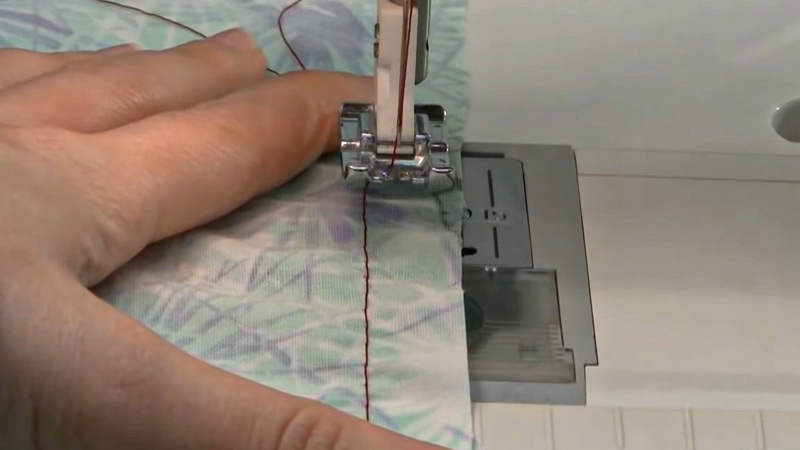
It is the most common type of basting stitch. In this technique, you hold two pieces together before finally sewing them. You can either use your hand or sew by machine. No big deal in it.
But remember to equally divide the long thread into two strands and double it again!
2) Running Basting Stitch
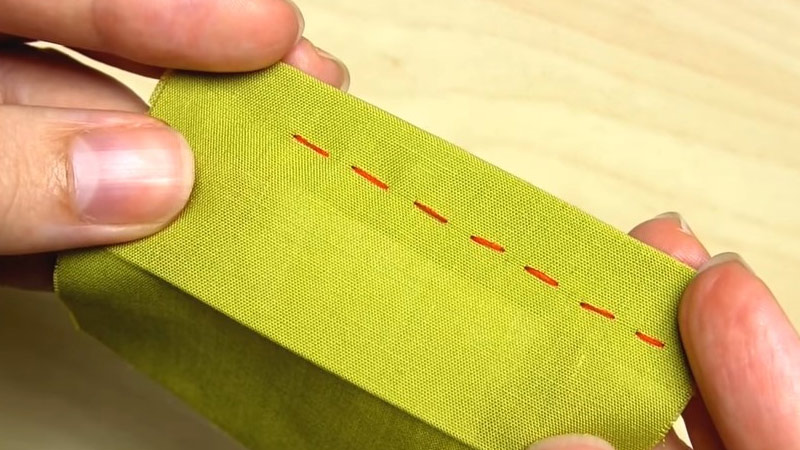
Similar to straight basting, but one difference is dominant. The running basting stitch needs double stitches at regular intervals on both sides of the edge that you have kept together.
Stitches here are ½ inches long and equally distributed just like straight basting stitches.
3) Tacking
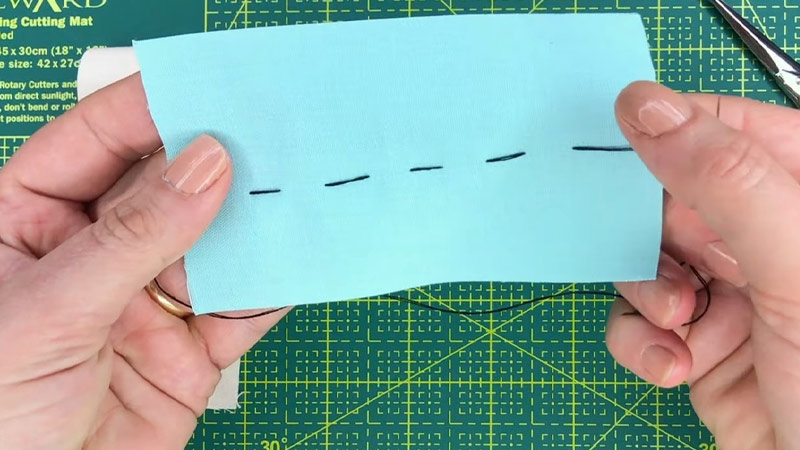
It also holds two pieces of fabric together before you finalize the stitch. You can either do it by hand or use the sewing machine.
Not too far from the finished seam line, and you can use a single strand of thread by doubling it to improve tugging and durability.
4) Cross Tacking
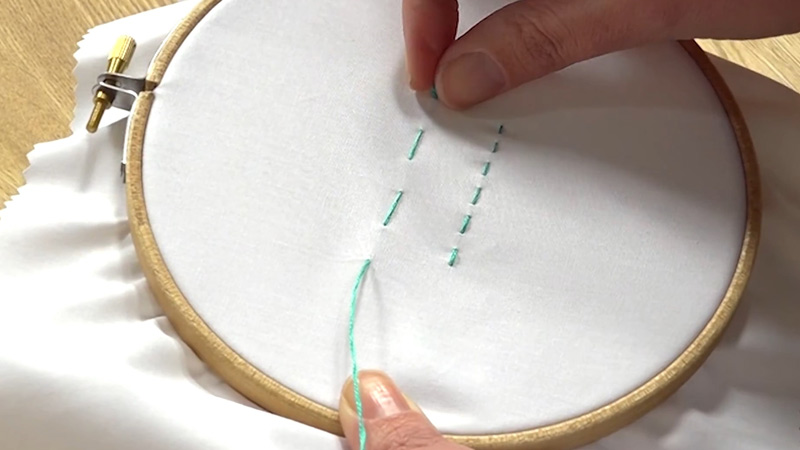
Just the opposite of tacking is cross-tacking. It’s similar to straight tacking, however, it exists at right angles to the seam line.
Just like before you can use a single strand of thread for added strength and improved power.
5) Floor Laying
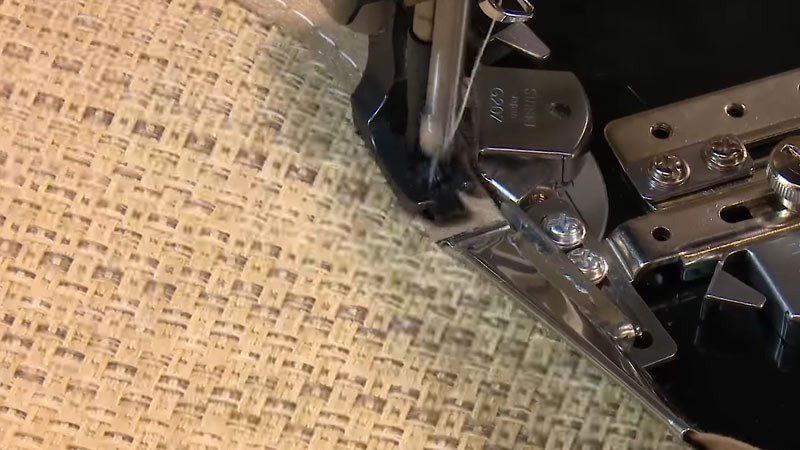
As the name suggests, it is applicable while sewing carpets. With this form of basting, you can secure the two pieces together.
The temporary stitching of the floor laying technique keeps one piece flat on top of the other, with almost ½ inch between them. You don’t have to knot the thread during this method.
6) Seam Basting
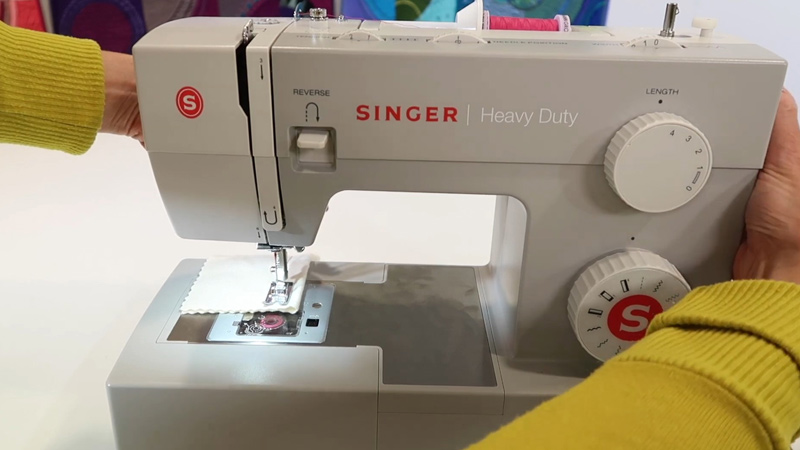
Usually done by machine, seam basting helps you to level out the wrinkles in the fabric. You can also hold two fabrics together till the final stitch is complete.
Seam Basting is similar to straight basting, except that you will need a comparatively shorter stitch length (¼” – ½”).
7) Machine Basting
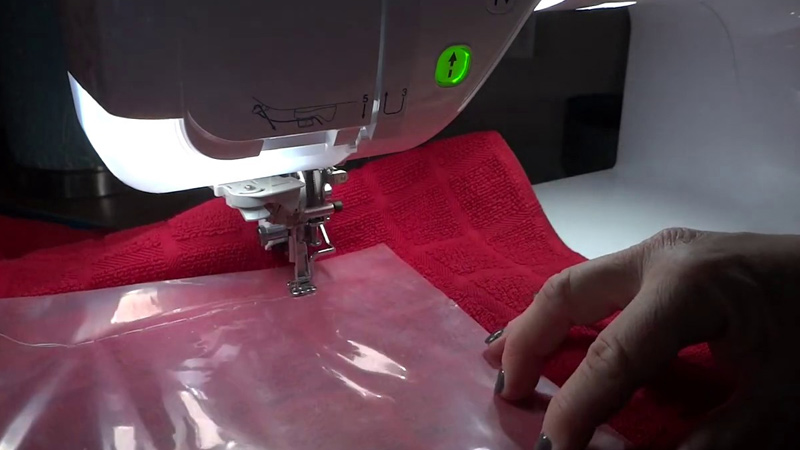
You guessed it right – no use of hands in machine basting. You have to use a straight stitch to sew the two pieces together after going through the layers of cloth. In this process, however, you don’t sever the thread at the end of each pass.
8) Pin Basting
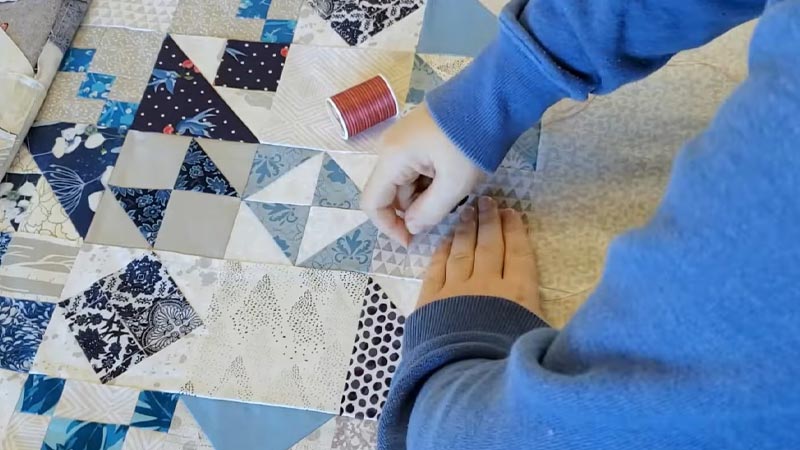
It actually uses pins to hold the fabric in place before you start the stitching. Select the woven textiles for pin basting. Woven textiles don’t have a lot of stretch marks on them, which makes them ideal for pin basting.
Pin basting requires you to constantly hand sew to tie knots at the beginning or end of the tails.
9) Tack Basting
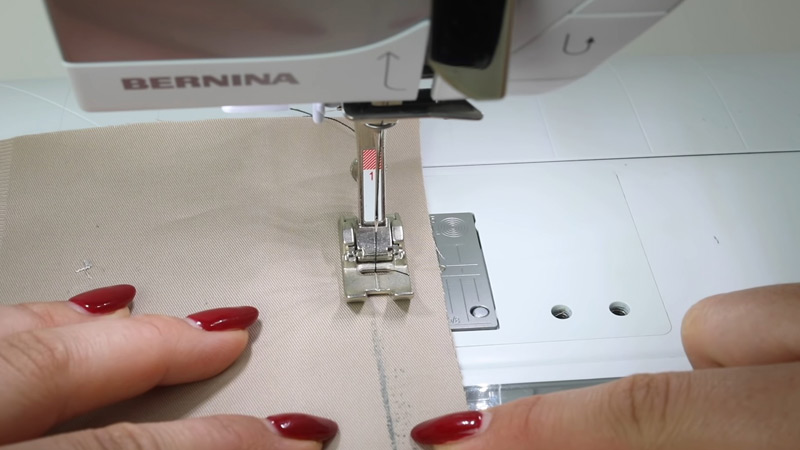
In short, it is another kind of pin basting. Unlike the earlier method, you have to use straight pins here. Additionally, the stitches are much longer here compared to straight basting, with the ideal length of ½” – 1” between each stitch.
10) Basting Tape
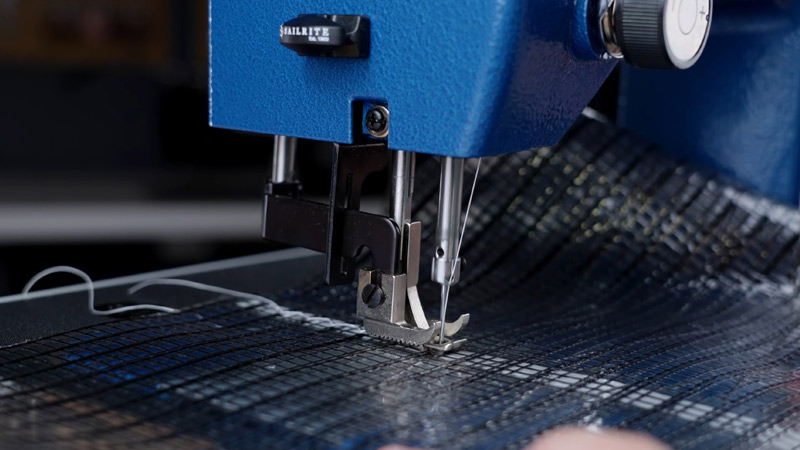
Ideally not a genuine basting type but it does help to hold two pieces together in one place. It is a tape and ensures the same amount of force regardless of how heavy the fabrics are.
It is also easier to remove after 24 hours. You only need to iron at low heat. Basting tape is actually time-consuming and efficient for quick use. It is ideal for busy people with a busy life!
Here are 10 types of basting in sewing. We will soon get back with more useful sewing tips.
Final Words
We hope our article helped you get started with basting in sewing. It is generally an efficient hack to save you time and lots of hard work.
You can let us know in the comment section if you are interested in learning more about what is basting in sewing. You are more than welcome to raise a discussion.
Also, please share our article with your friends who are getting started in sewing and let them know about us. We will come back soon with another helpful sewing tip.
Leave a Reply